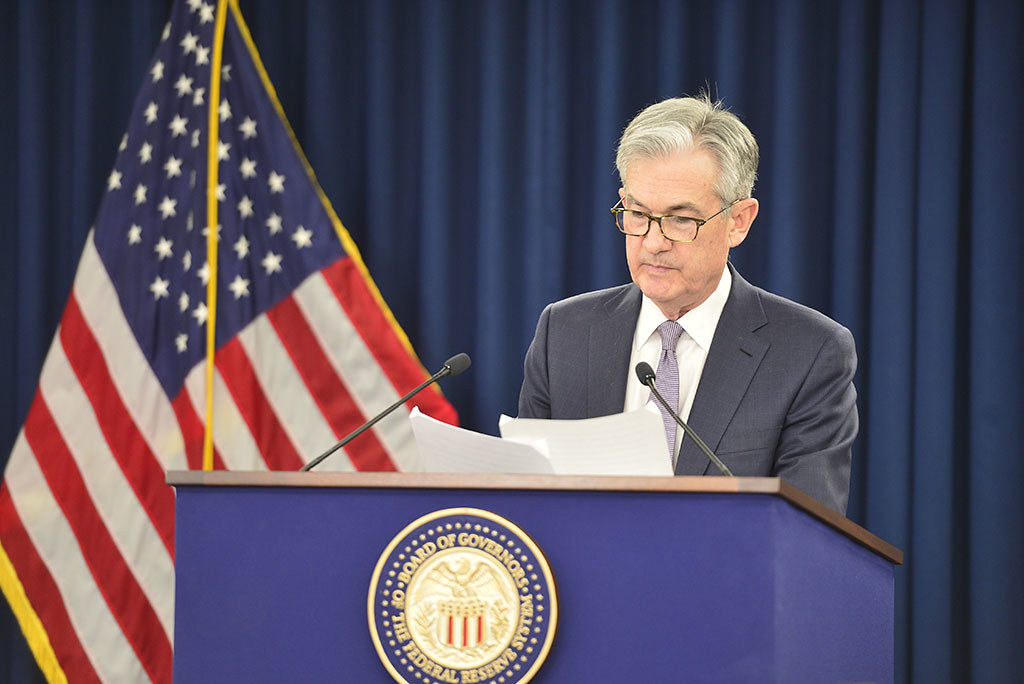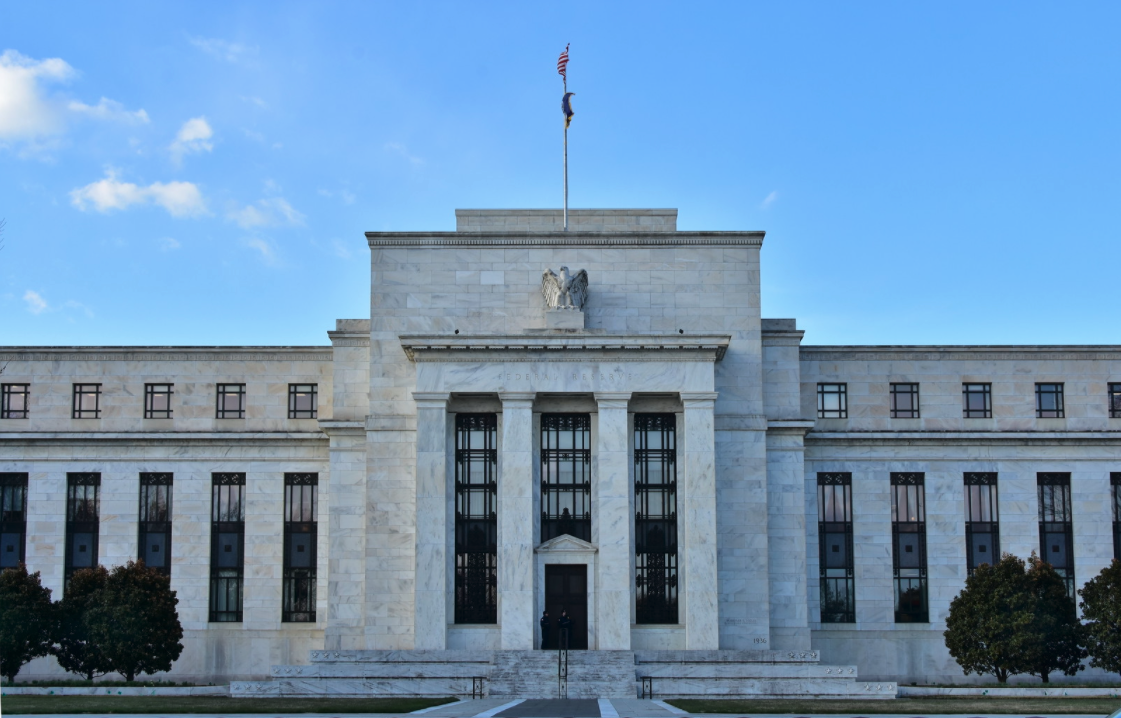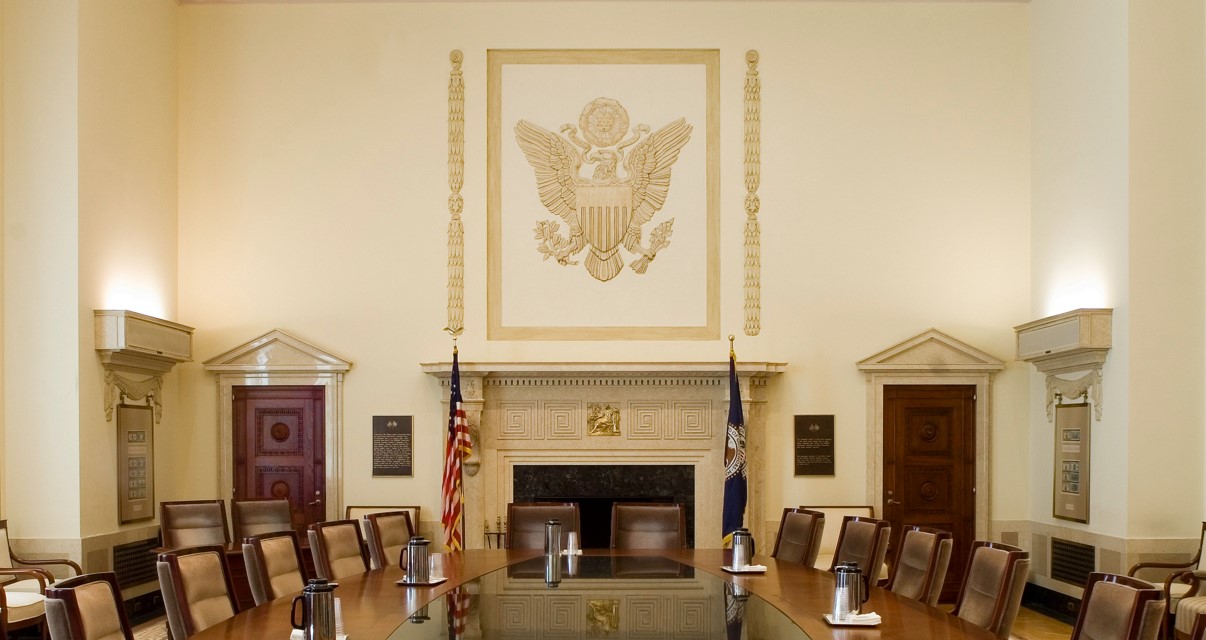The United States Federal Reserve (Fed) yesterday met the expectations of the market and analysts by announcing that it will begin to reduce its purchases by US$15 billion a month. Officially, tapering begins, but the Fed has not specified or committed to any calendar, keeping its flexibility to adjust the pace of purchases in 2022.
This is an important fact because it allows the Fed an accelerated reduction if inflation turns out to be harder than expected, although the adjustment can occur in any direction. “From now on, the pace of purchases is most likely to slow by $15 billion a month: $10 billion in Treasury bonds and $5 billion in mortgage-backed securities. Most likely because the Fed is open to adjusting those reductions at future meetings if the economic outlook demands it,” clarifies Christian Scherrmann, Economist for the United States for DWS.
In a sense, Jon Day, Manager of Newton, part of BNY Mellon IM, explains that this flexibility will allow the Fed to increase or reduce the rate of the reduction based on the data; that is, how transitory inflation is. “The Fed has taken its first steps on the path of hawkishness, but it is still far behind its counterparts from the north of the border (Bank of Canada), on the other side of the ocean (Bank of England) and the south (Bank of the New Zealand Reserve), so patience remains the key word,” Day points out.
The positive note was that the market naturally welcomed the announcement. In the opinion of Víctor Alvargonzález, Founding Partner and Chief Strategy Officer of Nextep Finance, the market reaction has been logical given how the Fed has prepared this moment. “It began with the launch of probe balloons by Fed members, more than six months ago. Then, at the end of the summer, at Jackson Hole, he announced his intention to reduce his bonus purchases, but kindly and gradually. And he confirmed it at subsequent meetings. Thus, when it has finally announced the closure of the monetary tap, the market had it discounted in prices and has reacted even upwards, due to the tranquility of a predictable monetary policy without surprises,” he explains.
For his part, Carlos del Campo, a member of Diaphanum’s Investment department, considers that the dovish position shown by the monetary institution continues to weigh in the market: “Powell insisted that the high inflation is due to transitory factors and not to a very tight labor market, as Phillips’ curve used to historically suggest. In our opinion, the Fed is behind the curve and does not want to surprise the market, but if the labor market accelerates its improvement and inflation persists at these levels, Powell should accelerate the withdrawal of stimuli if he does not want to lose its credibility,” adds.
The focus on inflation
In the opinion of Paolo Zanghieri, senior economist at Generali Investments, what was a little more surprising was the reiteration of the opinion that the upturn in inflation is largely “expected as transitory” and caused by imbalances in supply and demand related to the reopening of the economy. “This deserved an added paragraph in the press release, as well as the explicit mention of supply bottlenecks and labor shortages as main factors of slow employment growth and volatility of activity data. But the Fed continues to believe that the mitigation of these limitations and advances in vaccination will allow strong employment and activity growth and contribute to moderating inflation,” Zanghieri adds.
For Benjamin Melman, Edmond de Rothschild AM’s Global CIO, the nervousness of inflation is mitigating. According to Melman, the continuous rise in energy prices and prolonged capacity limitations raise doubts about the transitory nature of inflation: “These questions are gaining ground and many central banks, such as the Bank of England, are now reporting a faster-than-expected cycle of rate increases. The Fed and the ECB, which have recently modified their inflation targets, in particular so as not to have to react automatically when inflation temporarily exceeds 2%, do not rush. At the moment, the main indicators show that there is no derangement of long-term inflation expectations of economic agents or investors, which justifies the current assessment of transitional inflation and, therefore, the inertia of the two large central banks.”
From PIMCO, Tiffany Wildin and Allison Boxer, Economists for the United States of the asset management firm, consider that precisely inflation risks put the Fed in an uncomfortable situation. As they explain in their latest analysis, inflation that remains high for a longer period, even if attributed to temporary factors, increases the risk that longer-term inflation expectations will also adjust upwards, something that the Fed wants to avoid. “In fact, it is likely that in the coming months they will test the patience of its members, and we see a significant risk that expectations of Fed rate increases will be further advanced when the Fed’s next economic projections are published in December,” they point out.
It should be remembered that, during the press conference, Powell continued to affirm that inflation is probably transitory, but he also emphasized the willingness and ability of the Fed to act to control inflation if necessary. “Although we are still waiting for US inflation to return to the Fed target by the end of 2022, the additional months of inflation above the target increase the risk that inflation expectations will accelerate beyond the levels consistent with the 2% target, something that the Fed will want to avoid. Consequently, effectively communicating the monetary policy prospects in the coming quarters is likely to be a challenge for the Fed for this and several other reasons,” add PIMCO experts.
In this sense, Axel Botte, Global Strategist of Ostrum AM, an affiliated manager of Natixis Investment Managers, considers that the Fed is risking inflation. As he highlights, the wording of the inflation risk assessment has changed slightly: “The factors that affect prices are expected to be transitory. Therefore, monetary policy makers are less sure that high inflation will not persist. Powell believes that there is still room for improvement on the employment front, although wages have rebounded strongly in the third quarter. In essence, the Fed is taking risks with inflation and the markets recognize that it would have to act even more convincingly if inflation does not slow down.”
According to Brian O’Reilly, Head of Market Strategy at Mediolanum International Funds Ltd (MIFL), the Committee noted that “substantial progress” has been made to reach the mandate of the Federal Reserve, but at the press conference President Powell emphasized that the way will depend on the data. “Following recent economic better than expected data, the fall in unemployment and still high and persistent inflation (above the Fed’s objective), it is not clear why the Federal Reserve continues to use extraordinary measures to support the economy. Now the pressure will increase on Christine Lagarde to justify the ECB’s transitional vision of inflation,” says O’Reilly.
Expectations about rates
In the opinion of Anna Stupnytska, Global Economist at Fidelity International, the focus is now on the question of what this means for official interest rates. “At the Jackson Hole summit in August, Fed President Jerome Powell explicitly recognized two different tests for tapering on the one hand and rate increases on the other, breaking the link between the two. But since inflation has continuously surprised the rise since then, the Fed’s thinking must have changed towards a greater probability of an earlier takeoff, which could begin as soon as quantitative easing ends,” Stupnytska adds.
During his speech, Powell made it clear that “this is not a good time to raise interest rates because we want to give the labor market time to improve even more,” an argument that readjusts expectations about future rate increases. In the opinion of Hernán Cortés, partner of Olea Gestión and co-manager of the Olea Neutral fund, the market begins to discount a possible increase in the intervention rate in June 2022 and another in December 2022. “It is possible that the Fed will take the rate hike slowly, as it did when announcing the tapering in 2013 and delaying the first increase to 2015. Nor should we forget that monetary expansion has been historically exceptional, with the Fed increasing the balance sheet by four trillion dollars in the last two years, while between 2008 and 2018 it increased it by three trillion, from one trillion to four trillion,” Cortés clarifies.
Finally, according to Scherrmann, although the decision to start the exit from his very accommodative monetary policy is the main news, market participants are already looking at the implicit substantive orientation after the Fed’s announcement. “The most likely trajectory of inflation and the Fed’s assessment in this regard may be the real question of the moment. Looking at the updated statement, the Fed clings to the narrative that the current high inflation largely reflects factors that are expected to be transitory,” he explains.




